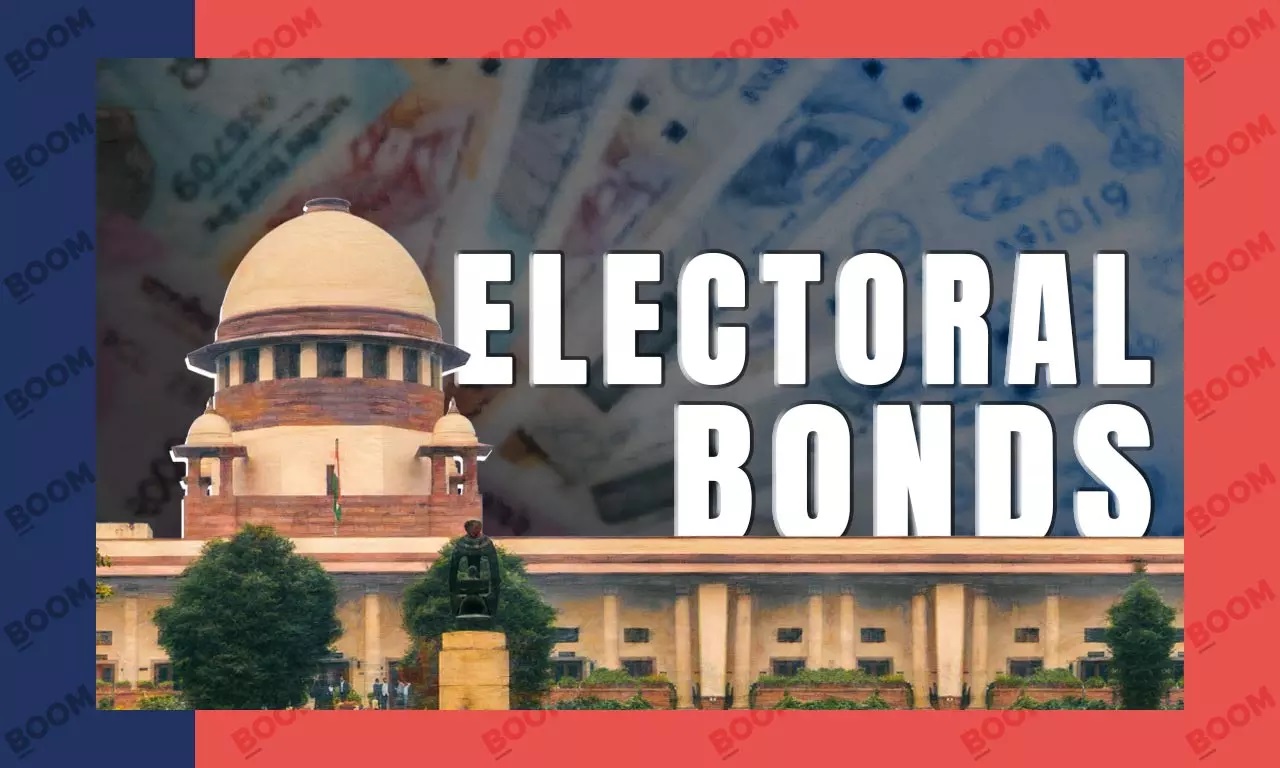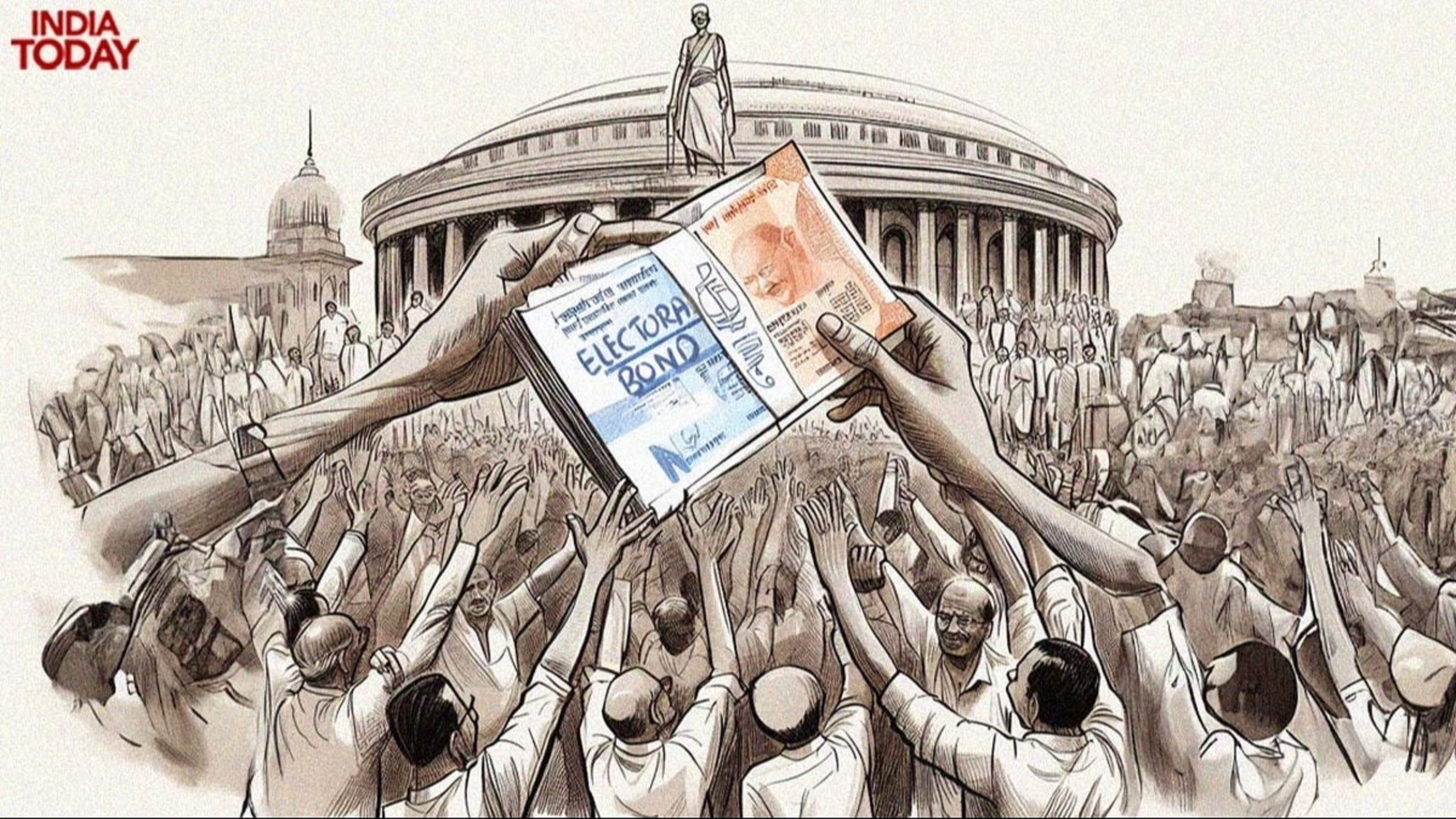- The Indian citizens are quite aware of how the bane of corruption has pervaded their daily lives and the topic no longer assumes any importance for most of us. We are used to receiving any news about the bane of corruption as nonchalantly as possible without breaking into undue sweat. We have seen and heard enough of it. Yes, not so long back, we were expectant and hopeful that the bane of corruption would be addressed on expected lines. If not complete eradication, we were still hoping against hope that people caught in the unholy web of corruption would be brought to book. The long arm of the law would eventually get hold of the corrupt to usher in much bandied about due course of the rule of the law of the land taking effect. Wishful thinking?

PC: Twitter
- Has it yielded the desired results? Far from it, you see! So long as the unholy nexus between the politicians-bureaucrat-police continues unabated in India, there simply exists very little hope for the corruption to be suppressed or disallowed to rear its ugly head often. Corruption in varied forms continues with certain policies introduced by the legislature providing a veneer of administrative support to boot. Look not far from the electoral bonds (EBs) that have been thankfully ruled unconstitutional by the Supreme Court. We are aware of how the quid pro quo between the ruling dispensation and the big business houses works on a mutually beneficial understanding. It’s an open secret that the ruling dispensation commands greater attention from the business houses as compared to the opposition political parties.
- Kindly read attention as nothing but quid pro quo between the ruling dispensation and the business houses. Did someone mention a conflict of interest? Of course. Let’s not get into what transpires between the two in lucid terms. Nonetheless, SC’s verdict that electoral bonds are unconstitutional led to two positive developments. First, it shut down a form of funding that had conflicts of interest and hid info relevant to voters. Plus, it forced the entire system to ask searching questions on political funding. That’s a good start. EBs represent a fraction of the funding required in a single LS election. Delhi-based CMS concluded that in the 2019 LS elections, aggregate expenditure across parties was around Rs.55-60,000 crore. That’s a little over Rs.100cr per constituency, on average.

PC: India Today
- Undoubtedly, India has the world’s most expensive election. And mind you, the expenditure mentioned is modest figures at best. A takeaway from the granular data on EBs is that there’s a strong correlation between the extent of regulation in economic activity and political contributions. That’s spread across the regulations of both the Centre and states. Therefore, some of the more prominent sources of funding are from firms in areas such as infrastructure, mining, lotteries, etc. Public policy decisions and the decision makers viz. the legislature and political executive inherently influence the outcome. Thus, it gives political parties a chance to use policy decisions and tweak them as a source of funding. Moreover, even at the end of the EB saga, the larger question of transparency in political funding remains unanswered.






